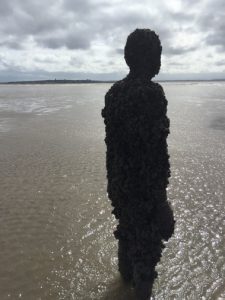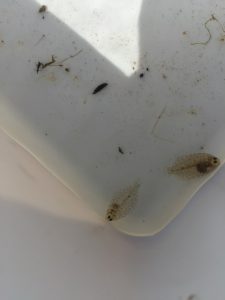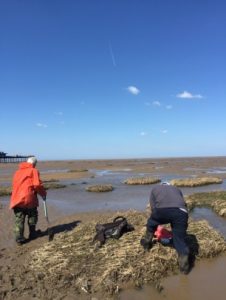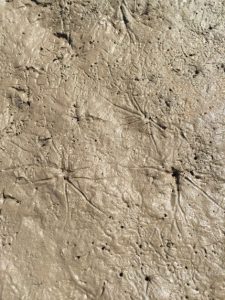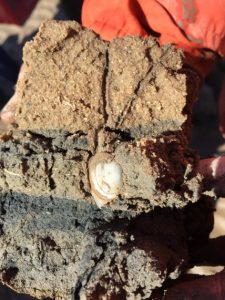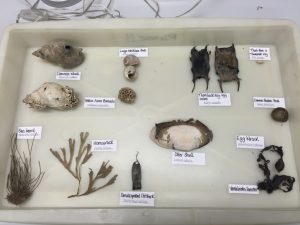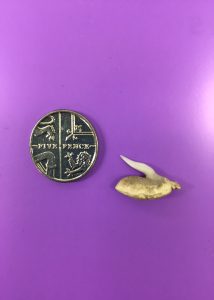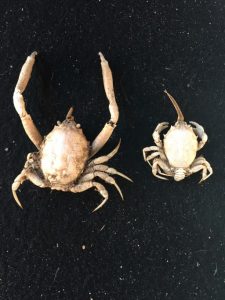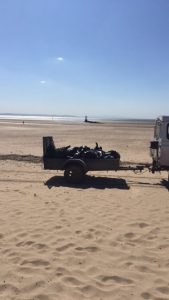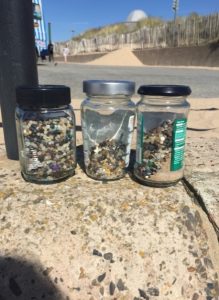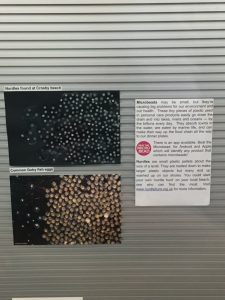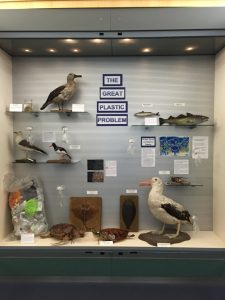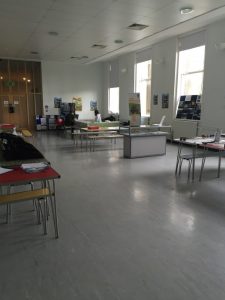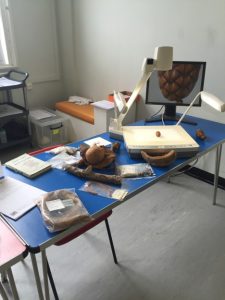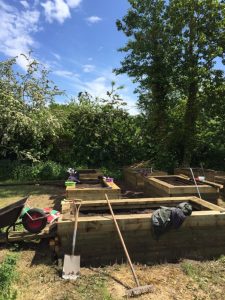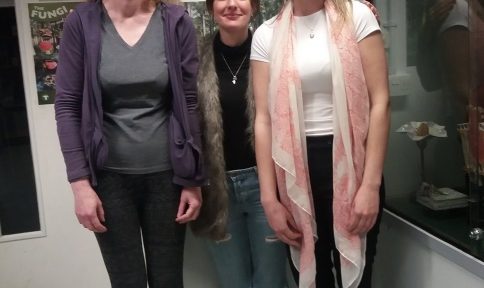
Hello I’m Annan, a Zoology graduate, and I am completing one of the TCV traineeships based in Liverpool. My traineeship explores the flora and fauna found on a Mudflat, I am working with Liverpool World Museum and Lancashire Wildlife Trust to do this.
What are mudflats and why are they so important?
Mudflats are areas found on beaches that are more of a wet and muddy consistency than sandy. Areas of mudflat can actually move, and do so regularly at one of my survey sites Crosby, this movement is dependent on the tide and currents.
Although they may look barren, mudflats are teaming with life and are very nutrient rich. They reduce erosion by absorbing wave energy, soak in pollution from the sea and provided habitat for many species particularly wading birds.
Highlights of my first month;
On my first day I met my two mentors Geraldine, from Liverpool World Museum, and Sally from the Lancashire Wildlife Trust. I had tours around the Botany, Zoology, Entomology, Geology and Conchology departments in the museum. Over at Seaforth I met the Wildlife Trust team and had a tour around the reserve. This reserve is home to extensive wading birds and coastal wildlife but is buried in the corner of Liverpool’s busy port. 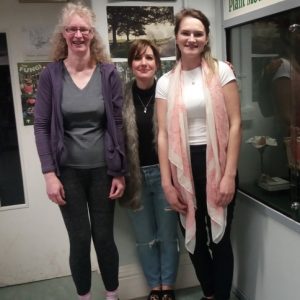
Crosby
In my second week I and my mentors began scouting the Sefton coastline for potential survey sites. The first was Crosby beach, home to the Iron Men created by Anthony Gormley. Some of these men stand in the middle of mudflat area and are great for discovering fauna. Common Barnacles, Australasian Barnacles and Mussels covered this statue. The height at which the species grew also gave a good indication of the zone that it inhabited. In the pool surrounding the statue we used sieve sampling and caught small shrimp species and flat fish.
Evidence of burrowing species could be seen all across the surface of the mudflat, and after investigating with a shovel we unearthed White Catworms and Lugworms
Southport
A second survey site I have been exploring is Southport beach. Southport had a much more muddy composition but also contains grass banks, threatening to naturally create a salt marsh habitat. There is a noticeable difference in species across these two sites because of this, which could be an interesting project topic!
Evidence of burrowing was also clear here but the species doing so varied. Digging below these unusual siphon prints we discovered a Peppery Furrow Shell. The inhalant and exhalant siphon tracks visible are used for feeding and waste removal, siphoning food from the surface of the mudflat is what creates these unique patterns. Once exposed the shell tried to burrow further by using its foot, this is the white appendage coming out beneath the shell.
These site surveys and collecting flora and fauna samples proved very useful in expanding my mudflat knowledge. When back in the lab I spent time identifying the species in order to learn more about them. My favourite finds include a thorn from the back or tail of a Thornback Ray, and a male and female Masked Crab.
Beach Clean
In my third week I was out and about a lot more with the Wildlife Trust, I was lucky enough to take part in a couple of sea and muddy shore training sessions. These sessions were part of the ‘Our Irish Sea Project’ and were with the Marine Champion volunteers. As well as learning with the volunteers I aided in a corporate group beach clean on Crosby beach. The clean was very fruitful; bags of rubbish and thousands of nurdles were collected. Nurdles are very small plastic pellets that pollute our seas and beaches, killing many wading birds and marine animals.
Museum Display
Learning about these nurdles coincided well with the museums latest display window on plastics in the ocean. Myself and Kate West were in charge of collecting specimens, text and other objects to highlight the plastics issue.
I was able to make use of my nurdles in the display, using them to show how similar to fish eggs they are, causing sea birds to eat them. My very first museum display was a success and very exciting to do!
Fascination of Plants Family Fun Day
To celebrate International Plant Day, Liverpool World Museum held a Fascination of Plants event day. This was a huge success, along with Ness Gardens and the Wildlife Trust, we enthused people and got them talking about plants. I used the microscope and all different specimens to engage with people and we attracted over 850 visitors throughout the one day!
Out with TCV Merseyside
At the end of my first month I ventured out with my local TCV group. This was a great day constructing and filling raised flower beds for a church garden. I am looking forward to many more fulfilling days out with a great group of volunteers.
Thanks for reading about my busy and exciting first month!
You can follow me on Twitter for all things mudflat related, and check our TCV Natural Talent website to explore all 6 traineeships.
Thank you to Liverpool World Museum and Lancashire Wildlife Trust for making me feel so welcome in my first month.
And a big thank you to Esmee Fairbairn Foundation for making these traineeships possible.

